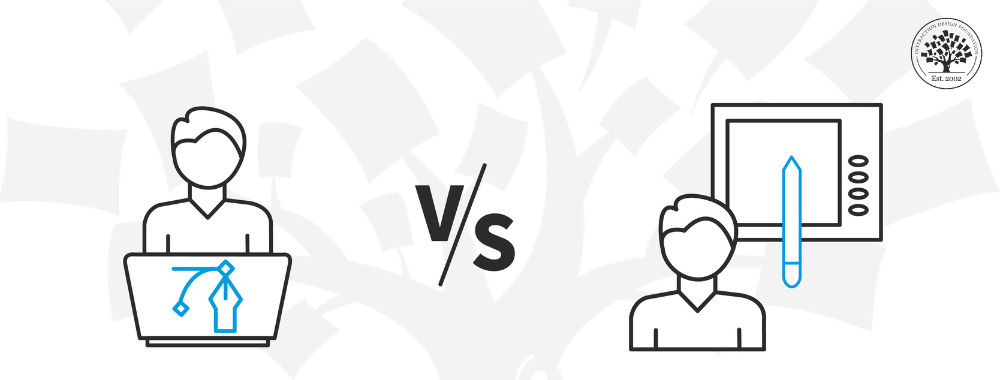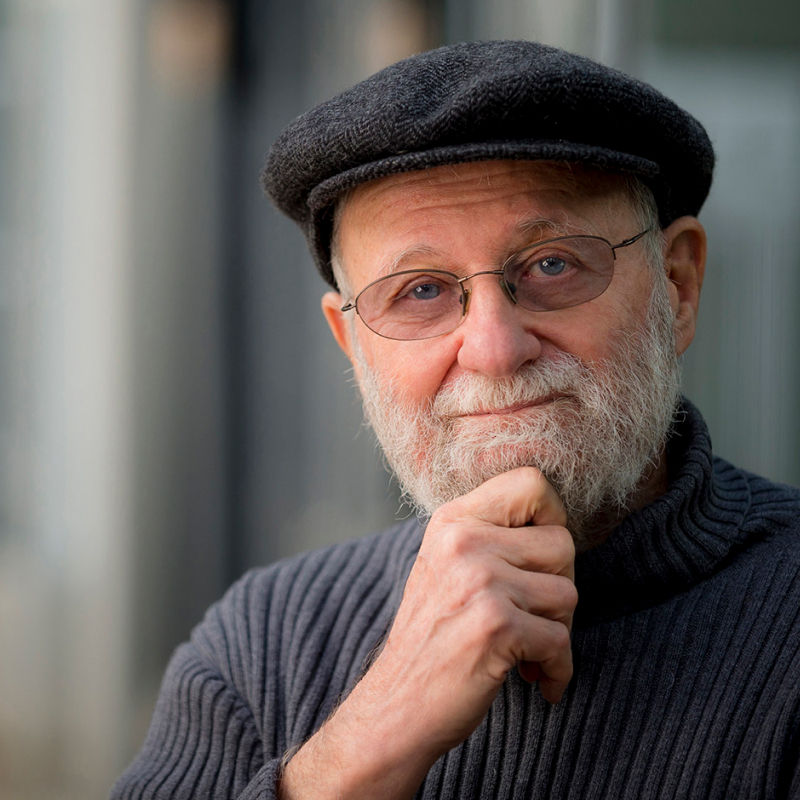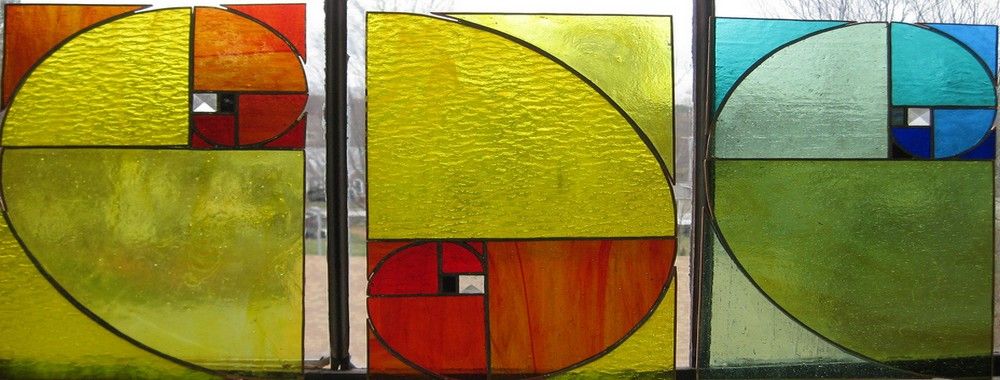Graphic art versus graphic design is pretty much still a bone of contention, and that’s after a long-standing debate that just keeps going on and on—more a source of intrigue than anything negative. Some believe the two overlap with a great deal of things that are interchangeable between them—but, for others, they’re different in their entirety. We’re going to throw the doors open on both to shed light on the exact differences between them but including what’s similar, too, about them—as roles, complete with required qualifications, expected salary for each, and how job market trends are going, so this might get more than a little fascinating.
One way to “decode” things could be to remove “graphic” from both and just look at the difference between “art” and “design,” but that’s a shortcut and it’s probably better to get right into the “dictionary definition” approach. So—to put it in simple terms—graphic designers design creative visual solutions by strategically combining text, images, and graphic elements for effective visual communication. Graphic artists, though, create visuals that communicate emotions, stories, or ideas through illustrations, characters, cartoons, and more.
What Exactly Does a Graphic Artist Do?
Most of us—it’s more or less safe to say—have encountered graphic illustrations, cartoon characters, and graphic arts pages on social media at least at some point in our lives. To be sure, these are the “arty” side of things, and they don’t just look creative and like they’re the products of considerable talent, often, but they’re attention-grabbing and highly engaging, too, and that’s the precise thing that graphic artists do.
According to the graphic artist definition, they’re creative professionals or commercial artists who create fine art using artistic principles—whether abstract or novel—and they may use various digital tools, software, and techniques like photography, painting, sketching, hand drawing, and more. These digital artworks could include all the following:
Illustrations
Cartoons
Characters
Digital sketches
Book covers
Digital music album covers
Comic strips
Art for commercial ads
Those of us who enjoyed comic books and cartoons—or maybe still enjoy, even if it’s a guilty pleasure!—are well aware of the talent that’s behind the pen, pencil, brush, or (more recently) digital tools, talent that has brought whole worlds and worlds of characters to life. If you’ve ever read—or even just looked at the pictures within—a graphic novel, there’s often much to admire in, for example, what the artist or artists have done with India ink on paper.
Or think of a favorite novel you read not too long ago—or long ago is fine if it made that much of an impact—and how about the cover? Did it capture the essence of the work well—maybe to the level that you could judge the book by its cover and applaud how the artist “got” the spirit or core of the story across?
From record album covers that encapsulate a music artist’s or band’s efforts (or LPs in “old school” terms, to those who spin them at 33⅓ RPM still and who agree that putting on vinyl is an event), to much-loved animation series (including anime), someone somewhere labored and drew. From the advert for that museum event that’s happening in a town near you, to the superficially grotesque (yet wickedly intriguing!) design on the T-shirt of the person behind you in a supermarket checkout, some graphic artist was involved somewhere to make that. Note, let’s not get into artificial intelligence (AI)—as in, AI-generated art—here, but keep to “the person with the pen or pencil”—not least because they’ll always be in much more than a little demand!
What’s interesting to note here, too, is that graphic artists may use unconventional design principles, and their artwork can include various dialogue, stylistic elements, or activities to engage viewers and “wow” them—not least because art sometimes can be a bit “out there.” Artists of this sort can create artwork manually on a computer or tablet and publish it to great effect in print or digital format—but, with that said, the selection of devices and publishing mediums depends more on what a graphic artist’s personal preferences and experiences are like than it does on viewers’ preferences. Graphic artists are—at least in a sense here—somewhat more “free” to be a “law unto themselves,” as long they can afford to be thanks to the buyers and clients who love their work.
What Are the Similarities Between a Graphic Designer & a Graphic Artist?
As unique and familiar as graphic artists may appear to be—and that’s not to say that graphic designers aren’t either of those, though—both roles have got many similarities that are impossible to overlook when it comes to the tools, skills, and principles they call for. To begin with, both rely on visuals, start with the word “graphic,” and then they also work with both print and digital formats. That might sound overly simple and scratching the surface, but there are a fair few similarities—though not tons—and to make things nice and at-a-glance direct, we’ve broken down some prime similarities for your convenience:
Parameters | Similarities |
|---|---|
Qualifications | Bachelor’s degree in graphic design. Fine arts or advertising specialization. Certificate courses like illustrations, comic strip making, cartoons, and character designing |
Skills | Creativity, active thinking, visual communication, storytelling, animation, and digital arts. |
Formats | Print and digital. |
Techniques | Mood boarding, Hand drawing, Design principles, Art principles. |
Software Proficiency | Photoshop, Illustrator, Sketch, Procreate. |
What Are the Key Differences Between a Graphic Artist & Graphic Designer Role?
Those similarities may seem to bind the two roles so close that the differences between them can’t be too much to talk about, but there are key differences between graphic artists vs. graphic designers, and they number quite a few as well. As we’ve already seen with the artists, one of the primary differences between the two roles is that a graphic artist focuses more on the artistic side of things. They use creativity and imagination to produce original artworks that express their vision or message—or the vision or message of the client who hires them to come in and draw what they themselves can’t about their rock album, art festival, steampunk novel, or—whatever; you name it and they make the “artifact” (no pun intended)!
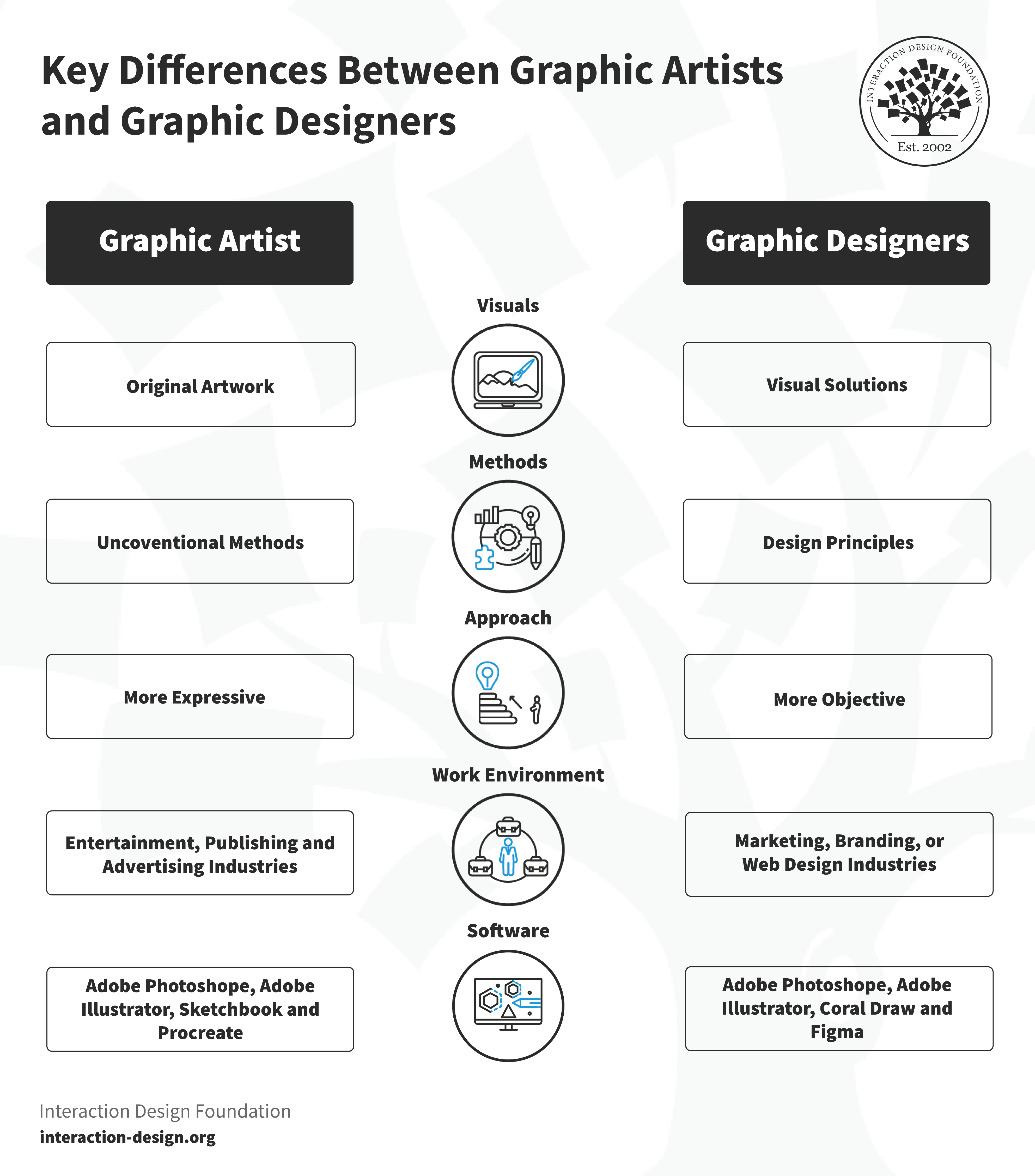
Key Differences Between Graphic Artists and Graphic Designers
© Interaction Design Foundation, CC BY-SA 4.0
Now, over to the other side of the “coin” and we’ve got graphic designers—and a graphic designer is more focused on the functional side of things, and designers of the graphic variety use their skills and knowledge to create designs that communicate a specific idea or purpose. Where artists might be able to engage in more “free-form” pursuits to produce what comes out for the buying public, designers produce design solutions—to solve some “problem” a brand or client has (such as to create a logo that captures the brand to perfection). To help you understand better, here’s a brief comparison of the differences between both roles:
Key Differences Between Graphic Artists and Graphic Designers | ||
Parameters | Graphic Artist | Graphic Designer |
Visuals | Creates illustrations and original artwork. | Creates visual solutions and commercial graphics. |
Approach | Makes more expressive and subjective artwork to convey emotions, opinions, or perspectives. | Makes more objective and problem-solving designs to answer a question, achieve a goal, inform, or persuade. Uses skills and knowledge. |
Work Styles | Works independently on personal projects to experiment and explore their style and preferences. | Works collaboratively on commercial projects based on client’s brief and specifications. |
Work Environment | Works mainly in the entertainment, publishing, and advertising industries. | Works mostly in the marketing, branding, or web design industries. |
Elements | Uses multiple mediums and artistic tools like illustrations and dialogues to express their creativity. | Uses layout, bright colors, typography, and images to convey a message. |
Qualification | Doesn’t necessarily require a degree but can specialize in various fine arts fields. | Requires a degree or certification course in graphic design or related studies. |
Methods | Uses unconventional methods to produce original artwork. May not always use design principles. | Relies heavily on design principles and other theories to create strategic designs. |
Software | May use software and tools like Adobe Illustrator, Adobe Photoshop, Sketchbook, Sketch, and Procreate. | Has to be proficient in operating Adobe Photoshop, Adobe Illustrator, and CorelDRAW. May also use Adobe Indesign, Adobe Premiere Pro, Sketch, Procreate, and Figma. |
What are The Qualifications Required to Become a Graphic Artist or Graphic Designer?
After learning about the difference in the roles, which of the two do you prefer as a career option? Does the idea of graphic artistry appeal—with its apparent freedom and finger on the pulse of pop culture, among other exciting areas? Or how about graphic design—and breaking into web design, branding, and more, and being instrumental in persuading people to do something? Whichever role you choose, you’re going to need to know about the required qualifications to pursue it.
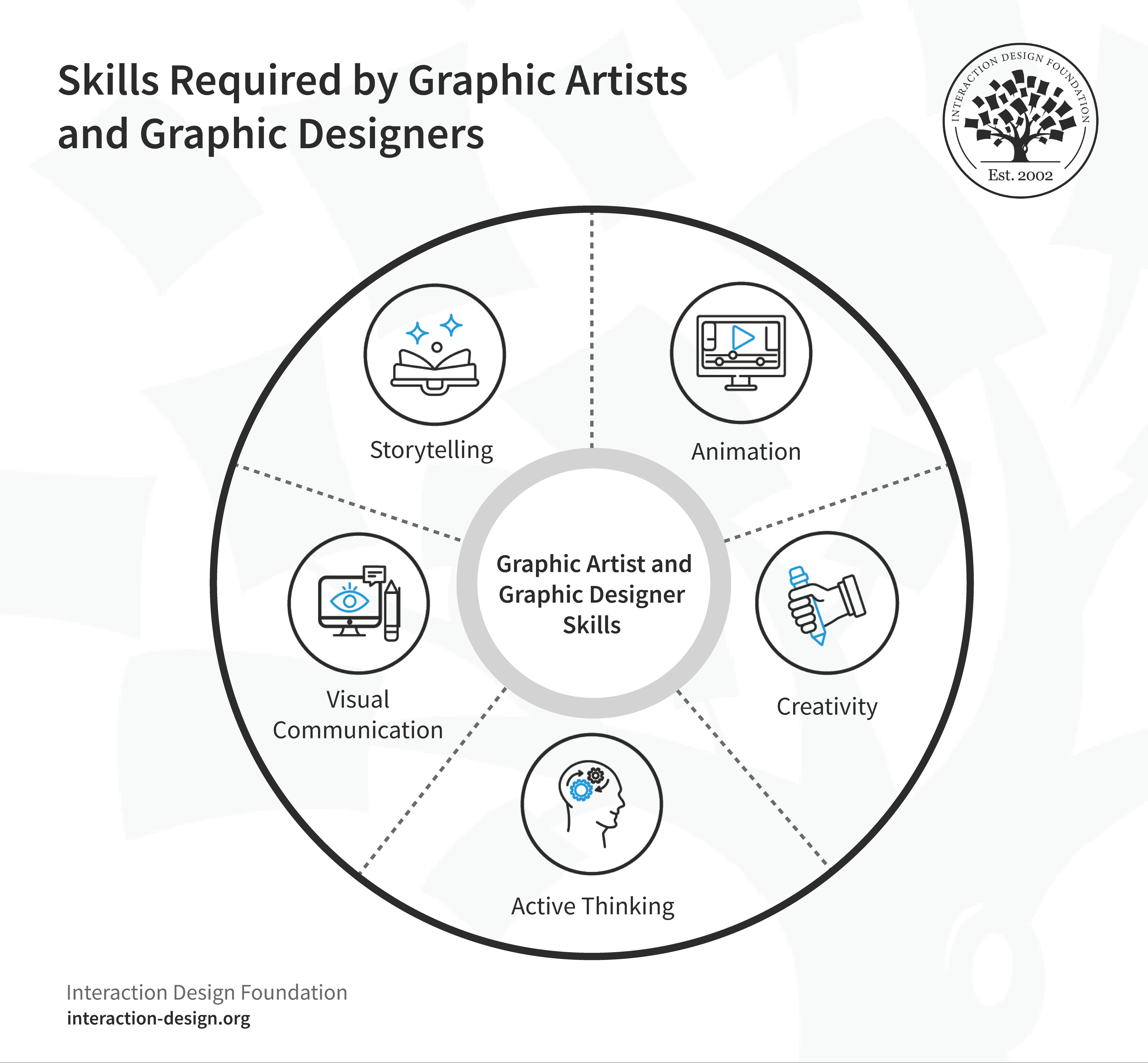
Skills Required by Graphic Artists and Graphic Designers
© Interaction Design Foundation, CC BY-SA 4.0
Graphic Artists
Independent learners more often than not, graphic artists don’t necessarily need professional training, and—sure—a mix of talent, passion, and (of extreme importance, too) practice goes a long way in the art department. They tend to explore various art forms, techniques, and styling preferences at their own pace, but, with that said, if they want to specialize, they can secure a bachelor’s degree in that particular area or fine arts. Of the artists “out there,” many people choose to do graphic art as a part-time gig and don’t want to achieve a degree as such. In that case, they can take certification courses to stay competitive in the industry and keep up with the trends—and it could be in any special art techniques like illustrations, character design, animation, and more.
Graphic artists can take courses in:
Drawing
Sketching
Digital Art
Video Graphics
Animation
Visual Storytelling
Interactive Digital Media Design
Graphic Designers
If you want to become a graphic designer, it’s best to have a bachelor’s degree in graphic design—or other related courses—as a way to secure a job in the industry, and a few degrees that you can pursue are in the areas listed below:
Visual Communication
Web Design
Animation
Marketing and Advertising
But what if you don’t want to pursue graphic design as a full-time career—or can’t, as in, you don’t have the time to complete a degree course?
In that case, you can take certification courses.
You can relax and breathe easy in the digital age; and that’s not least because reputed institutions, like the IxDF, provide design programs that are accessible from anywhere and allow self-paced learning to suit you, your way, your schedule, your day, your style—and some of the popular online courses include the ones below:
Design Principles
Color Theory and Design Aesthetics
Commercial Art and Graphics
Printing Techniques
Watch as Founder of The Roomworks, Author, Interior Designer, and Color Consultant, Joann Eckstut, explains important points about color.
Show
Hide
video transcript
- Transcript loading…
Learn more about design principles in the article | Design Principles by the IxDF
Graphic Artist & Graphic Designer Salaries
All right, so we’ve covered most of the vital information and got it out in the open for you, too—and please excuse the near-oxymoron of “cover” and “out in the open”!—but there’s rather a hot little issue left to get into: yes, the gold dimension, and it’s a financial world that most of us do tend to live in, after all, and so one of the critical questions still remains: How much can you earn yearly as a graphic artist or graphic designer?
Here, you can note that a variety of factors—and they’re things that include elements like location, company, and seniority—have got a big bearing on your average earnings as a graphic artist or designer. With that said, though, to give you an idea (and before you think about packing your bags with Big Apple dreams for New York City because “location” can have such a massive bearing on pay), in the United States, a graphic artist can earn approximately $54,900 /yr, while a graphic designer earns around $49,450 /yr—and, as for junior and senior roles, here’s the breakdown:
Job Title | Graphic Artist | Graphic Designer |
Jr. Graphic Artist / Designer | ||
Sr. Graphic Artist / Designer | ||
Art Director | NA | |
Creative Director | NA |
One thing that’s pretty much vital to mention before going any further is that graphic designers specializing in UX design do earn the most—and they’ve got an average annual salary of over $110k—so the UX (user experience) potential is a rich area to tap if you want to make a crossover move like that, career-wise. And, if you find that your interests align with the field, you can think too about transitioning from graphic design to other UX roles; yes—it’s quite doable to make the switch! Take a master class by Cory Lebson, Principal and Owner - Lebsontech LLC | How to Successfully Change Your Career to UX Design.
Job Market Trends
What’s happening in the marketplace—and how what’s going on there relates to the industry regarding short- and longer-term aims is another massive matter to keep a very keen eye on. No matter if you decide to become a graphic artist or a graphic designer, a career in both disciplines is appealing—what with the many exciting aspects of the work, the potential to be part of something “big,” and much, much more (and, yes, that includes the money).
Speaking of working for a decent wage and then some, the job outlooks of graphic designers may grow five percent by 2026, with 24,800 projected graphic designer job openings in the US every year. And, to be sure, both graphic artists and designers have plenty of employment options owing to a wide range of uses for design skills and the “transferability” of being good with image creation, having an eye for great art and design, and more.
However—and not to burst anyone’s bubble here (don’t worry; it’s not bad news coming!)—it’s an unrealistic thing to expect overnight success, and you’re going to have to keep upskilling yourself for better roles and better pay to come your way. At any rate, as long as you remain motivated, disciplined, and willing to learn as much as possible, you’ll be able to thrive and enjoy a fulfilling career in design and make impacts that result in conversions—be they coming to a municipal event, buying a music album, choosing a T-shirt, purchasing a bottle of Worcestershire sauce, booking flying lessons... the list is pretty much as long as your imagination can run to, fathom, and enjoy picturing (and no pun intended there)!
Famous Graphic Artists
Although both roles have got some common ground, artists can be graphic designers illustrators, and vice versa, and—for the same reason—sometimes they’re referred to as graphic design artists. It isn’t compulsory to have a background in art to be a graphic designer as such, but still—if you’ve got some artistic experience, it can help you with some pretty valuable areas, like these ones:
Understanding of color theory
Understanding form and shape
Artwork and ideation
Watch as Author and Co-founder of The Book Doctors, Arielle Eckstut explains important points about color:
Show
Hide
video transcript
- Transcript loading…
You can take inspiration from the top graphic designers of all time to better understand what a graphic design artist is.
1. Chip Kidd
Famous for: Inventive book covers
Based in New York, Chip Kidd is one of the most renowned American graphic artists known for book jacket designs, and another thing he’s famous for is helping to spawn a revolution in the art of American book packaging in the last ten years.
 © Interaction Design Foundation, CC BY-SA 4.0 |  Chip Kidd portrait © Wired Magazine, CC BY-SA 4.0 |  © Interaction Design Foundation, CC BY-SA 4.0 |
2. David Carson
Famous for: Pioneering magazine design and usage of experimental typography
David Carson is an American graphic designer and art director who’s famous for his tremendous typographic experiments—and he’s won 230 awards for his work in graphic design, photography, advertising, and branding.
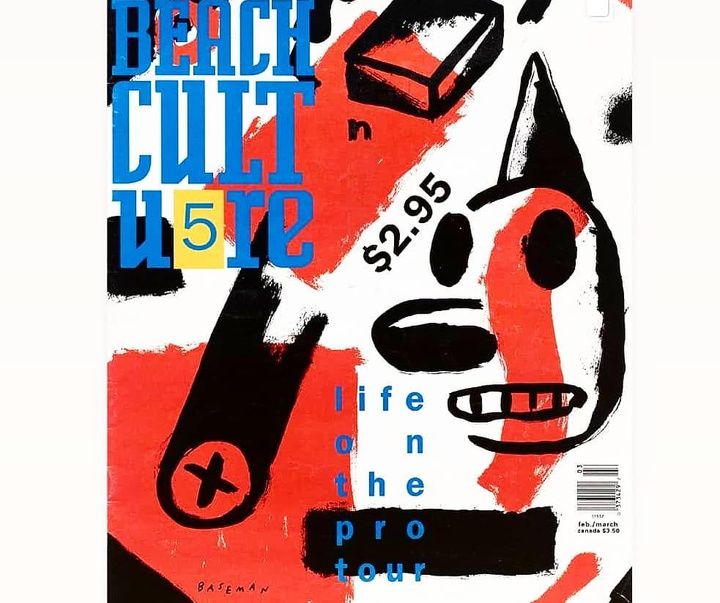 © Interaction Design Foundation, CC BY-SA 4.0 | .jpg) © Interaction Design Foundation, CC BY-SA 4.0 |
3. Milton Glaser
Famous for: Designing the logo of the century, I ♥ NY
Milton Glaser was a 20th-Century graphic designer whose fame saw him renowned for logo designing, and also fonts in typography. You may well have seen many of his works without realizing the name behind them, and some of his famous artworks include the bullet logo designed for DC Comics and a Bob Dylan poster.
![“I [Heart] New York More Than Ever”](https://public-images.interaction-design.org/literature/articles/materials/Graphic Design Work 1.jpg) Milton Glaser, Inc. New York, NY | 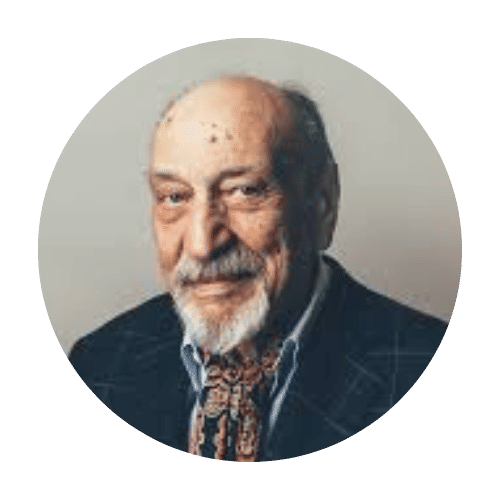 Milton Glazer portrait © Milton Glaser, Inc. New York, NY |  © Milton Glaser, Inc. New York, NY |
4. Neville Brody
Famous for: Self-made sans-serif typography, Pop Art, and Dadaism influence
Neville Brody is an English graphic design and art director well known for designing record covers for artists such as Cabaret Voltaire, The Bongos, and Depeche Mode. What’s more, he is idolized for his major contribution to FUSE, an influential publication on experimental typography.
.jpg) © Interaction Design Foundation, CC BY-SA 4.0 |  Neville Brody portrait © Interaction Design Foundation, CC BY-SA 4.0 |
The Take Away—And How to Become a Graphic Artist or Graphic Designer
Now that you’ve learned a great deal about what the major differences are like—as well as what the similarities are like!—between graphic artists and designers, you’re going to be better placed to pick which role will be more up your street. Thanks to the many, many specializations under the umbrella, the scope for both roles is pretty high—and all you’ve got to do is plug in your passion and interests and apply yourself to learn more and grow your skillset.
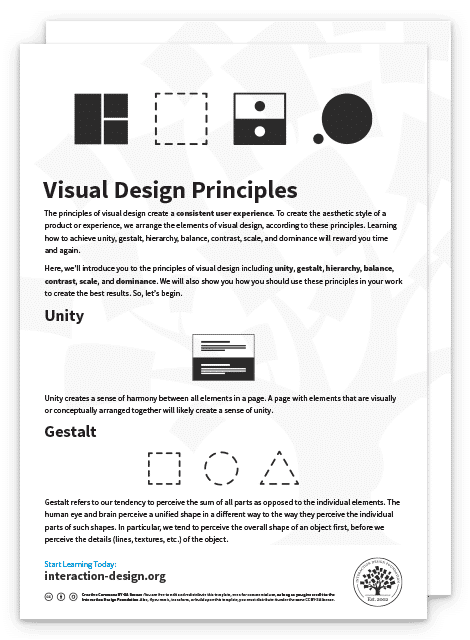

If you’ve got a sharp eye for detail, a creative imagination, or strategic visual communication skills, you’ll find it easy to make a career for yourself in any of the two roles and flourish as an artist or designer—and snowball a great base of work to include in your portfolio to win clients and dazzle employers time after time after time.
Still, with that all said, remember that the role of graphic design is something that doesn’t end with graphics and visuals—and it’s imperative for you to add to your skill set if you’re going to stay competitive in what is—and what’s going to remain—a very dynamic industry. So, if you’re good and ready to dip your toe in this line of work and a wonderful world of exciting opportunities just waiting for you, make a real start and check out our design courses today and amplify your design skills.
